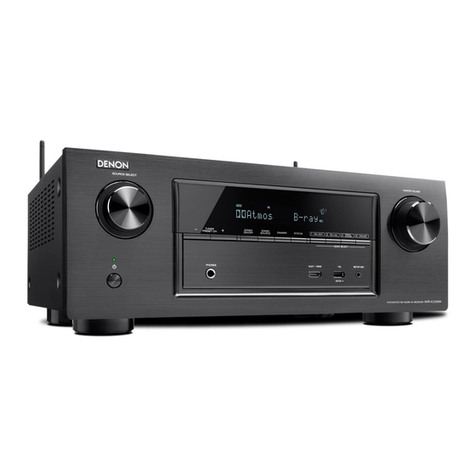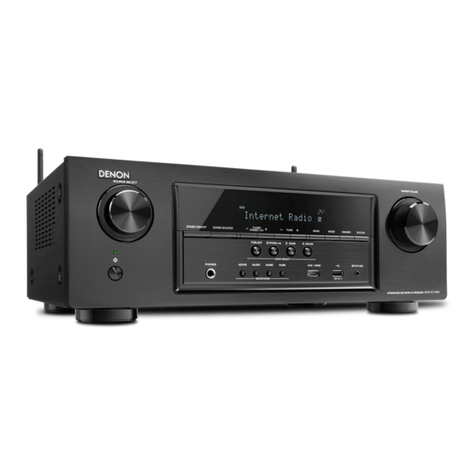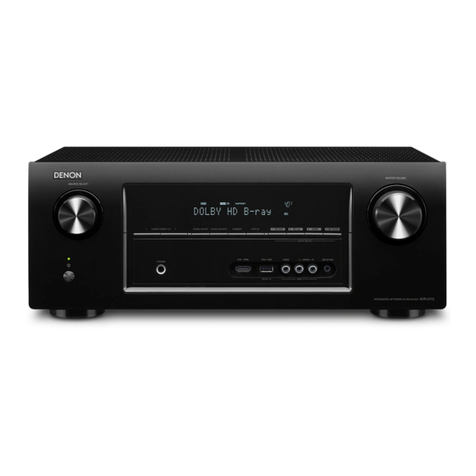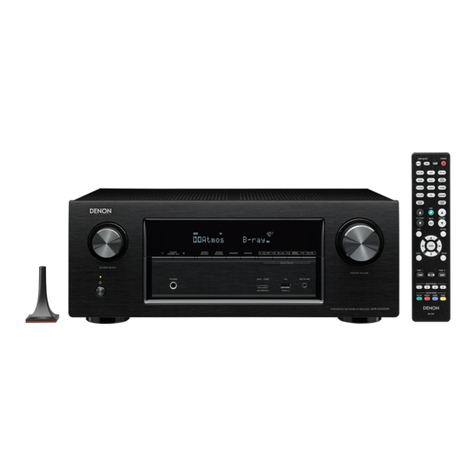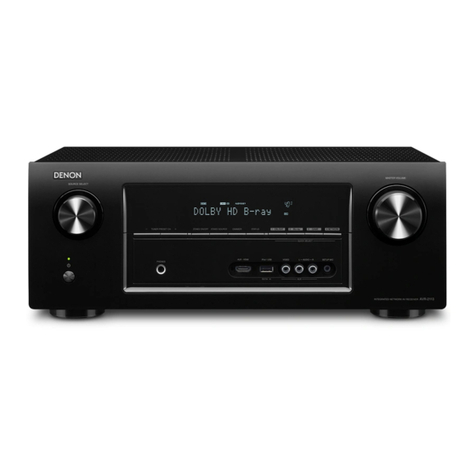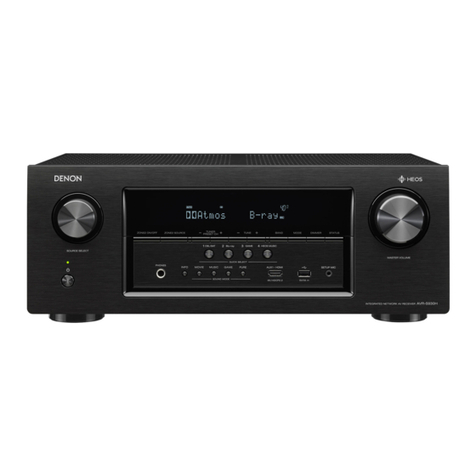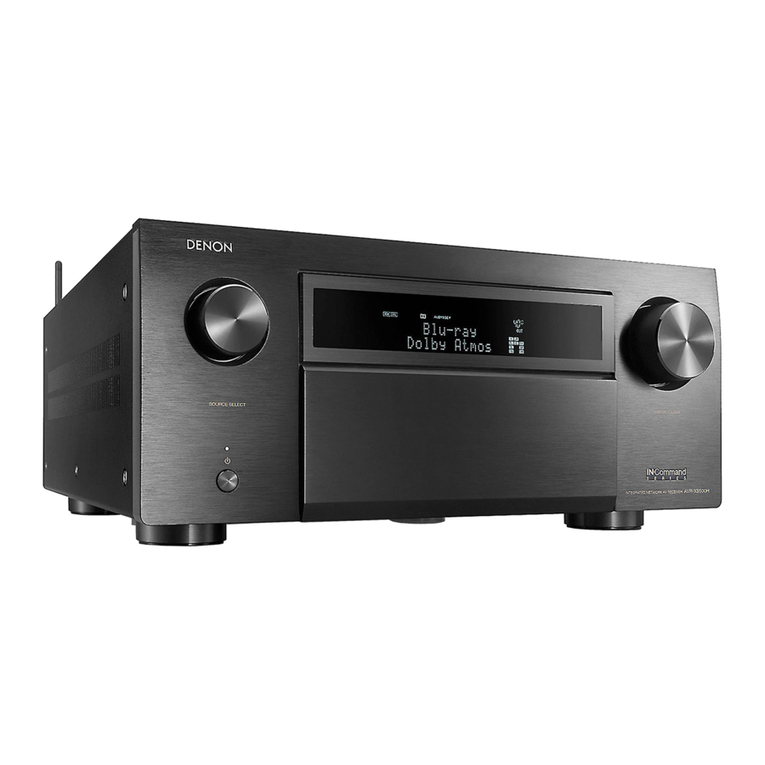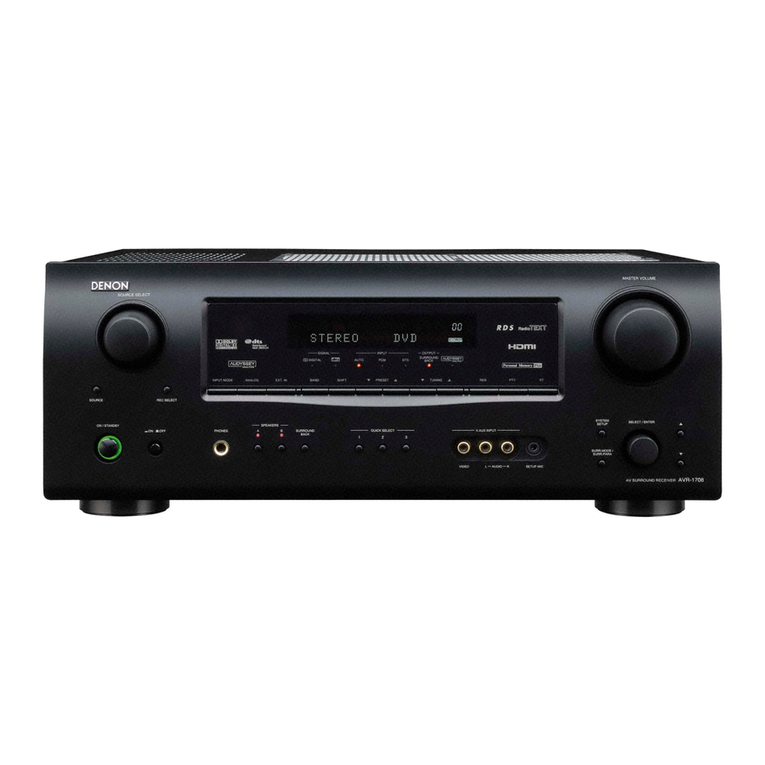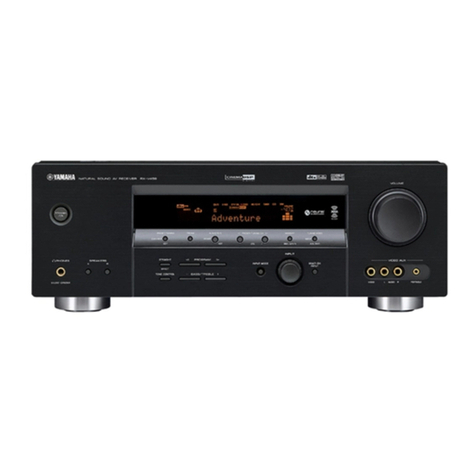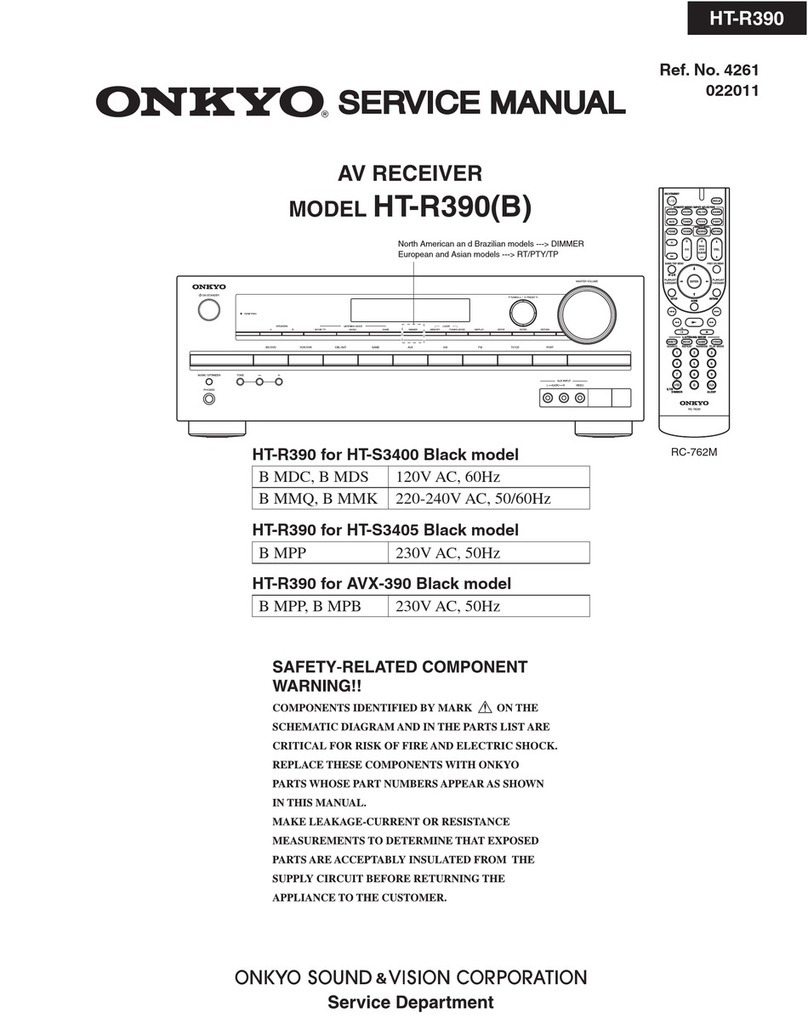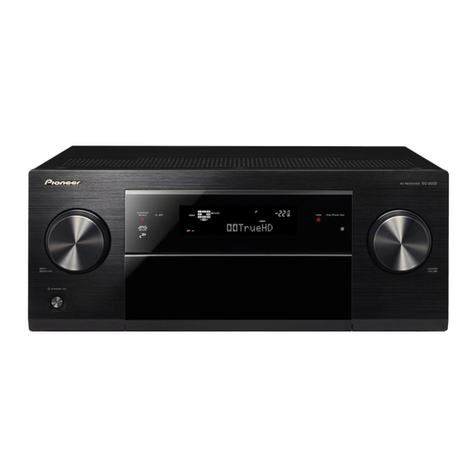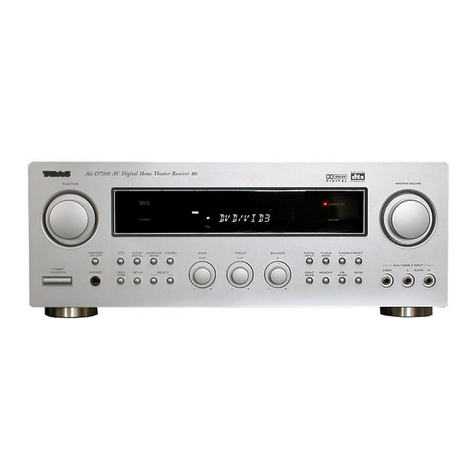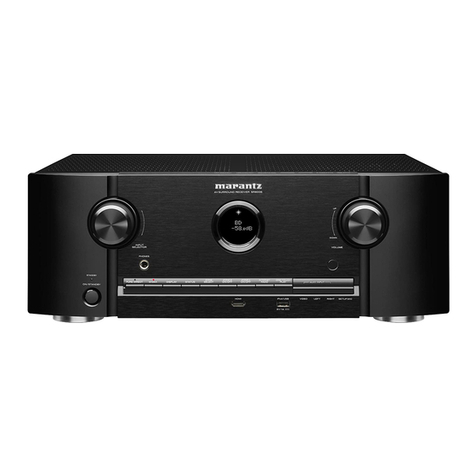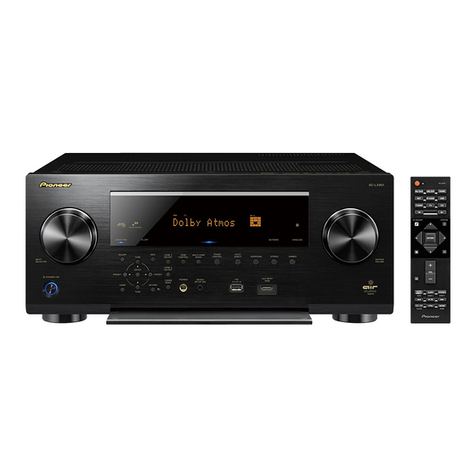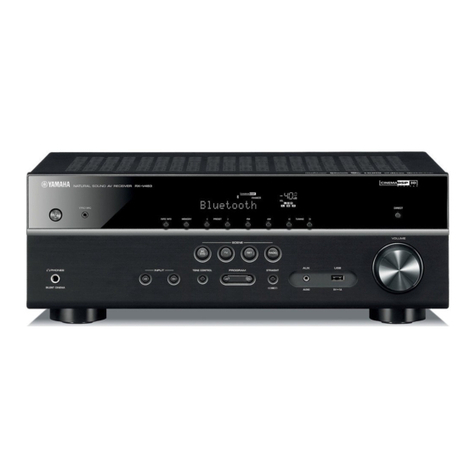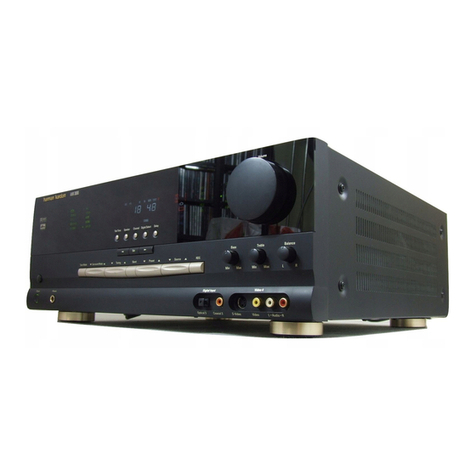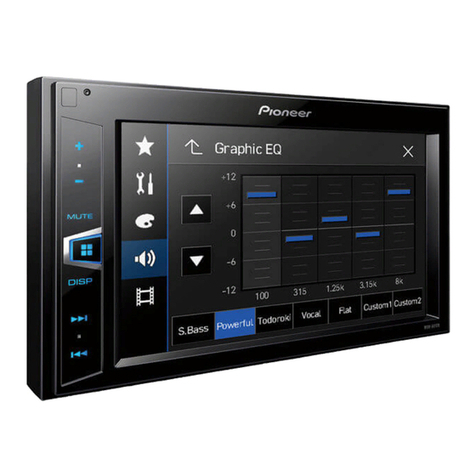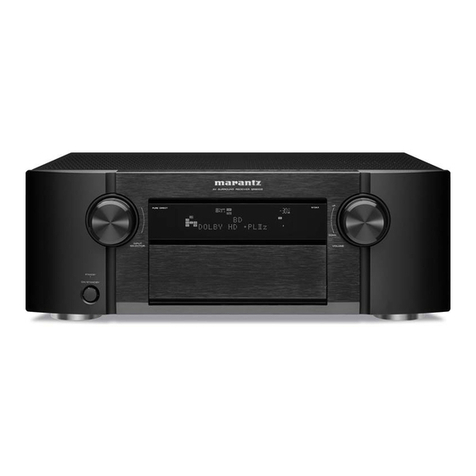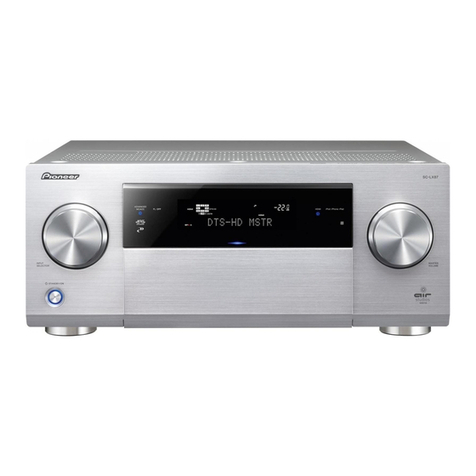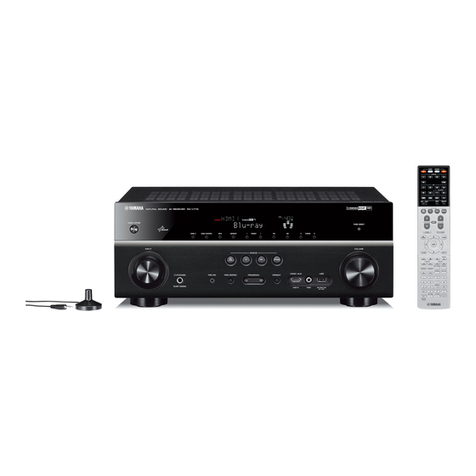
Playing an iPod 66
Listening to music on an iPod 67
iPod Browse Mode settings 68
Performing repeat playback 70
Performing random playback 70
Playing a USB memory device 71
Playing files stored on USB memory devices 72
Listening to music on a Bluetooth device 74
Playing music from Bluetooth device 75
Pairing with other Bluetooth devices 77
Reconnecting to this unit from a Bluetooth device 78
Listening to FM/AM broadcasts 79
Listening to FM/AM broadcasts 80
Tuning in by entering the frequency (Direct Tune) 81
Changing the tune mode (Tune Mode) 82
Tuning in to stations and presetting them automatically (Auto
Preset) 82
Presetting the current broadcast station (Preset Memory) 83
Listening to preset stations 83
Specify a name for the preset broadcast station (Preset Name) 84
Skipping preset broadcast stations (Preset Skip) 85
Cancelling Preset Skip 86
Listening to Internet Radio 87
Listening to Internet Radio 88
Playing the last played Internet Radio station 89
Using vTuner to add Internet Radio stations to favorites 90
Playing back files stored on a PC and NAS 91
Applying media sharing settings 92
Playing back files stored on a PC and NAS 93
Listening to Pandora®95
Listening to Pandora®96
Creating a new station 98
Listening to an existing station 99
Listening to created radio stations at random 99
Giving feedback and managing stations 100
Sign Out 101
Listening to SiriusXM Internet Radio 102
Listening to SiriusXM Internet Radio 103
Sign Out 104
Contents Connections Playback Settings Tips Appendix
3
Front panel Display Rear panel Remote Index
